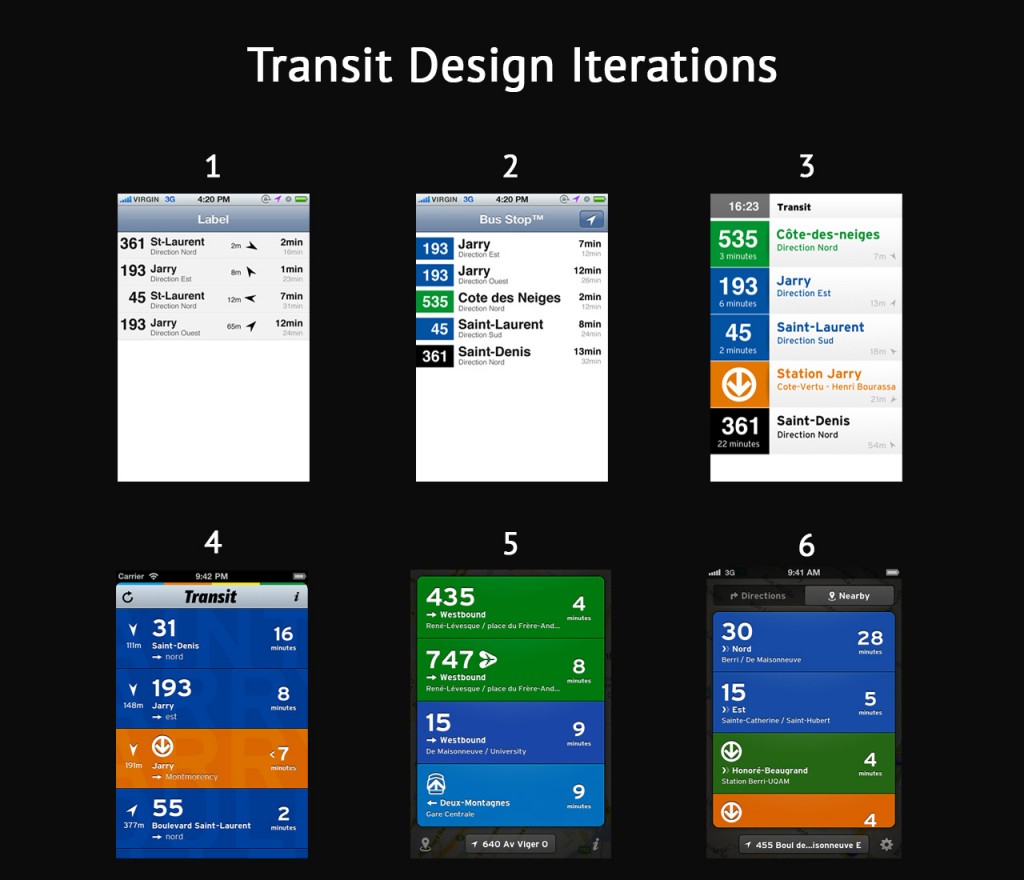In the age of digital commerce, it’s vital to have a spiffy website. Even if a business does sell its products online, the first impression customers have of a brand often stems from the website. A messy website brings to mind a messy product. In this post, we will examine how 2015’s upcoming web design trends present ways in which to improve websites to make them look modern.
1. Nail Your Landing Page
The landing page is the first impression a visitor has of a website, thus it’s a great opportunity to dazzle the viewer. Many websites have landing pages which are not only physically big, with imagery and design taking up most of the screen, but also large in metaphorical scale. Check out the website of Born Group, a creative media company with an extremely ambitious landing page.
Born sells something intangible—creative services. Their product is the ability to provoke emotion. As a creative agency, it’s vital for them to establish that they produce emotionally riveting content. The image of the ape is not only beautifully photographed, it’s powerful. If a prospective customer were on the verge of hiring Born Group, they would indubitably be swayed in the right direction from the moment they hit the landing page.
2. Video Rules
For some companies, going for a message as big as Born would come off as overly self-involved. Born has an intangible product and sells B2B (Business-to-Business). They need to sell an idea and if they bring in a single project, it will pay for a big-budget investment in their site.
For smaller companies with tangible products, it’s important to put the product itself front-and-center. One way of doing this is to embed a video on the landing page of your site. For example, check out the salivating video on the landing page of Dunwell Donuts, a vegan Brooklyn donut shop.
The video succeeds on nearly every level. It makes the viewer crave donuts, artfully portrays the product, and tells the story of the founders of the business in an extremely intimate manner.
3. Tell Your Story
The primary accomplishment of the Dunwell video is in the arena of storytelling. The Dunwell video tells the story of the company brand in an intimate way. By the end of the video, the viewer feels like they have a good sense of who runs Dunwell Donuts and what donuts mean to them.
A video is a cost-effective way of telling the personal story of a brand. Storytelling is a powerful medium because it creates an emotional connection between the viewer and the subject when executed effectively. For a business (especially a small business), this translates directly to brand loyalty. We’ve detailed other ways in which one can tell the personal story of a brand in our Parallax Scrolling article.
4. Flat Design
Minimal web design is in. Apple’s design technique, flat design, is defined as “a style of interface design which removes any stylistic choices that give the illusion of three-dimensions (such as drop shadows, gradients, textures, or other tools that add depth) and is focused on a minimalist use of simple elements, typography and flat colors.”
Flat design is visually sleek and virtually inexpensive way of displaying one’s brand in a modern way. Check out some of the best flat design websites on the internet here.
5. KISS (Keep It Simple Stupid)
A really well-designed landing page with minimal content looks much better than a lot of redundant, visually lacking pages. For an alternate approach to the donut vertical, check out the site for Elsie’s Donut Shop. It’s flat, minimal, sleek and to the point, stressing the products.
With the internet working more and more as a gatekeeper for customers to select which businesses they choose to solicit, modern aesthetics have a direct impact on business. Equipping a business with a sleek, modernized website puts them in the best position to excel in the marketplace.
Mystic Media is a web design and application development company based in Salt Lake City, Utah. For more information, click here or contact us by phone at 801.994.6815.

